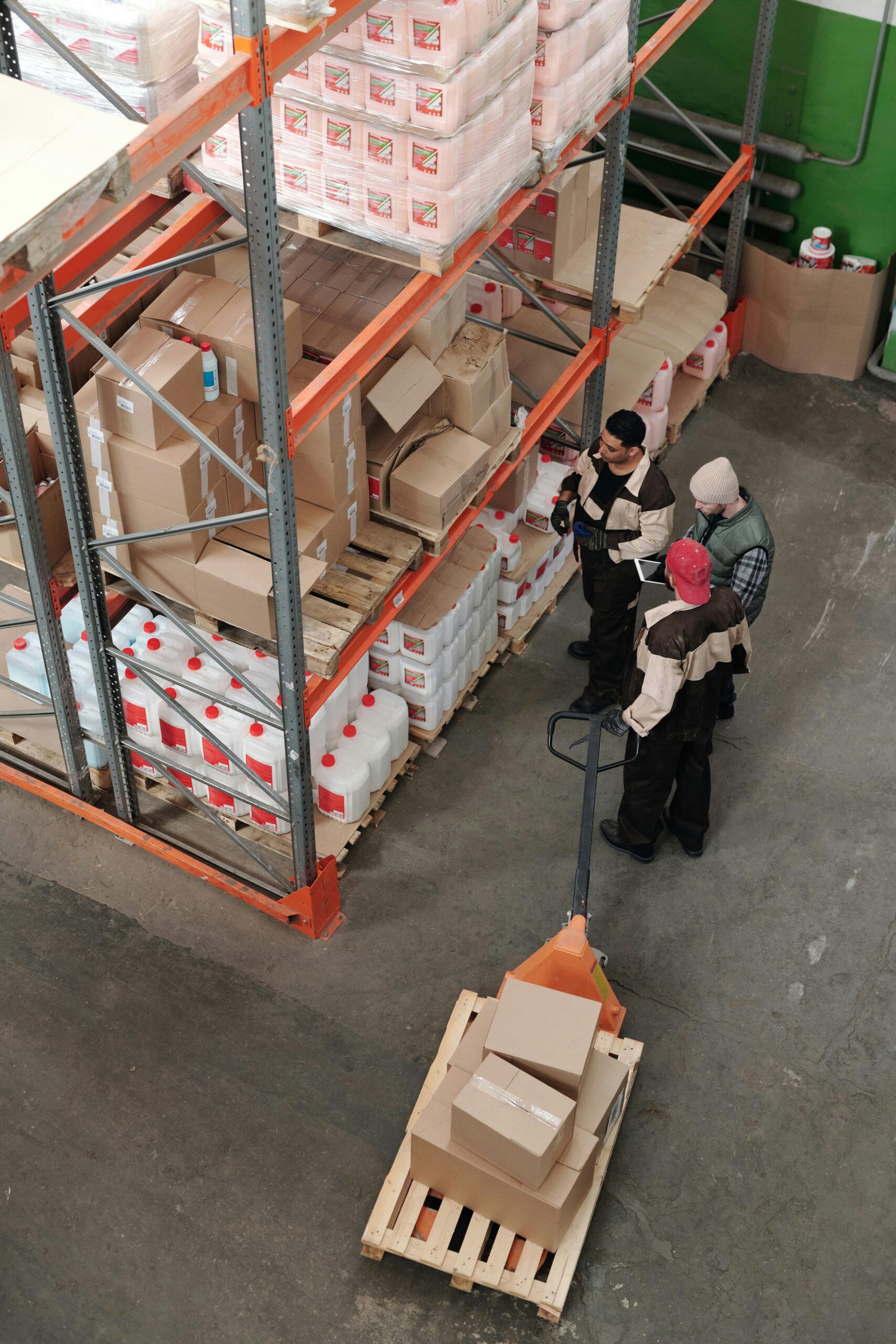Blog
How to Choose the Right Pallet Rack System for Your Warehouse
Choosing the right pallet rack system for your warehouse is essential for maximizing storage capacity, ensuring efficiency, and maintaining a safe working environment. With so many different types of pallet racks available, it can be overwhelming to determine which one is best suited for your needs. Whether you’re just starting out or looking to upgrade your existing system, here’s a guide to help you make an informed decision when selecting a solution.
1. Understand Your Warehouse Needs
The first step in choosing the right pallet rack is understanding the specific requirements of your warehouse. Consider factors such as the size and layout of your space, the type of inventory you handle, and your storage goals. For example, if you have bulky items that are not time-sensitive, a selective pallet rack system might be sufficient. However, if your inventory is high-turnover, you may need a more advanced system, like a push-back or drive-in rack, to improve access and maximize space. The key is to select a system that best matches your operational needs.
2. Evaluate Available Space and Configuration
Space is often a major constraint in warehouses, and the layout of your pallet racks can make a significant difference in both storage efficiency and ease of access. When designing your system, think about your warehouse’s vertical height, aisle width, and floor area. For example, if you have a tall warehouse, a high-density pallet rack could take advantage of vertical space, allowing you to store more products without expanding the footprint of your facility. In contrast, a selective rack is a great option for warehouses with a limited layout but higher product variety. Take the time to measure and evaluate the available space carefully to ensure your pallet rack system fits seamlessly into your warehouse.
3. Consider Load Capacity and Weight Distribution
Different types of products require different storage solutions, so considering the load capacity of your pallet rack is crucial. The weight of the goods you’re storing directly affects the type of racks you’ll need. For instance, if your warehouse handles heavy-duty items, a structural steel rack system will provide the durability and strength necessary to support the weight. Additionally, make sure that the rack system you choose has a sufficient weight rating to handle the load. Miscalculating load capacity can lead to dangerous situations and even damage your goods or equipment.

4. Select a Rack Type Based on Your Inventory Type
There are various types of pallet rack systems, each designed for specific types of inventory and operational requirements. For instance:
- Selective Pallet Racks: Best for warehouses with a wide variety of products and where access to each pallet is important. This system offers easy access but can take up more floor space.
- Drive-In/Drive-Through Racks: Ideal for large inventories of similar items where you need to maximize space. These systems allow forklifts to drive into the rack, offering high-density storage but requiring careful management of inventory flow.
- Push-Back Racks: Perfect for warehouses handling high volumes of similar products that require efficient access. Push-back racks allow pallets to be pushed back into storage and retrieved from the front, maximizing space and increasing storage density.
- Flow Racks: Often used for perishable goods or high-turnover inventory. Pallets roll forward on inclined rails, ensuring that older stock is used first.
Each pallet rack option has its advantages, so choose the one that best fits your warehouse’s inventory flow and operational needs.
5. Consider Future Growth and Scalability
Another important factor when selecting a pallet rack system is considering the future growth of your warehouse. Your inventory needs are likely to evolve over time, and you want a system that can scale with your business. Modular pallet rack systems, for example, allow you to add more sections or adjust configurations as your storage requirements increase. Look for a pallet rack that is flexible and adaptable, ensuring that you can continue to grow without the need for a major overhaul of your storage infrastructure.
Conclusion
Choosing the right solution for your warehouse requires careful consideration of your space, inventory type, load capacity, and future growth potential. By evaluating your specific needs and selecting a system that maximizes storage efficiency while providing easy access and safe handling, you’ll be able to create an optimized warehouse environment. Remember, the right pallet rack system will not only improve your current operations but will also support your business as it grows and evolves in the future.
